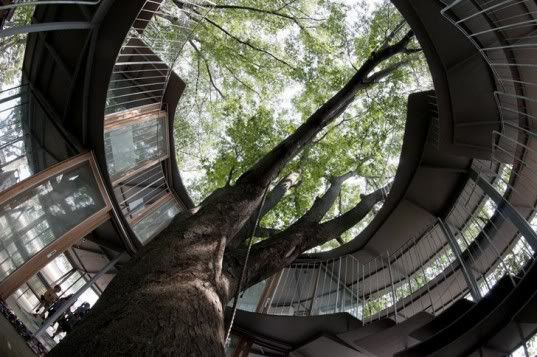We like to find a positive theme or character, or utilize elements from our state standards (remember, many of us are already making the transition to the Common Core) to create the environment we feel is most conducive to meeting diverse learning styles and engaging our students into as much active participation as possible . Certainly teachers also decorate to make their room inviting and safe.
B-u-t...no matter what bulletin board display, pocket chart, potted plants, or seating arrangement we use in our classroom, typically there is one constant boundary that cannot be ignored, no matter how much butcher paper we staple over the top of it in an attempt to transform the space: the four walls.
Teachers maneuver around the wall problem by going on field trips, utilizing videos, or going outside for a neighborhood walk, but these options have their drawbacks. Field trips often require transportation and present a financial cost to families or the school. Videos, while interesting and engaging, keep students as voyeurs, instead of providing them with hands-on experience. Some neighborhoods simply aren't safe areas for children, no matter how many adult chaperones they might have walking with them.
So much has been said for making technology invisible, for making it as standard a classroom tool as books, pencils, Play Dough, unifix cubes and instruments, and for introducing and seamlessly integrating it into the classroom environment exactly the way it has been adopted and utilized in most of our homes. As a teacher of young children, I know that the entire world is an experiential classroom for my students. Why shouldn't more of our outdoor areas be recognized and utilized as daily learning spaces, integrating nature, healthy living, social awareness, play and curricular concepts? Can students only learn effectively when they are contained within a building's walls, our own version of a styrofoam tabletop ant farm?
Take a look at these, and let me know what you think.

(Photo by Katsuhisa Kida)
This is a kindergarten learning space encircling a tree in Japan- go here for the article and additional photos~
In addition to blacktop and gross motor playground equipment, why not provide students with a sensory garden/activity area that facilitates imaginative play while incorporating mathematical elements such as geometry (mosaic tiling) and organic science (wood, greenery, decorative and edible plants) into its design? This sensory playground was designed and created by School Playground Designers in the UK with photos found here:
Like you, I'll certainly be selective about the paper I use on my bulletin boards this year, and I'll delineate my students' indoor spaces into safe and engaging activity centers, but I'll also be looking for ways to expand our learning environment past the staple boards, concrete, brick, and windows.
Want some more ideas? Head over to Teacher Tom and check out his preschoolers' outdoor play area~

I completely agree! Creative outdoor spaces nurture creativity and encourage rich language and imagination with wonder and exploration! All the things we seem to lack and that seem to be lacking in our youth today! I would LOVE to see schools step away from those plastic generic playgrounds and incorporate nature to create a wonderland!
ReplyDeleteJenea
www.seedsofnoledge.blogspot.com